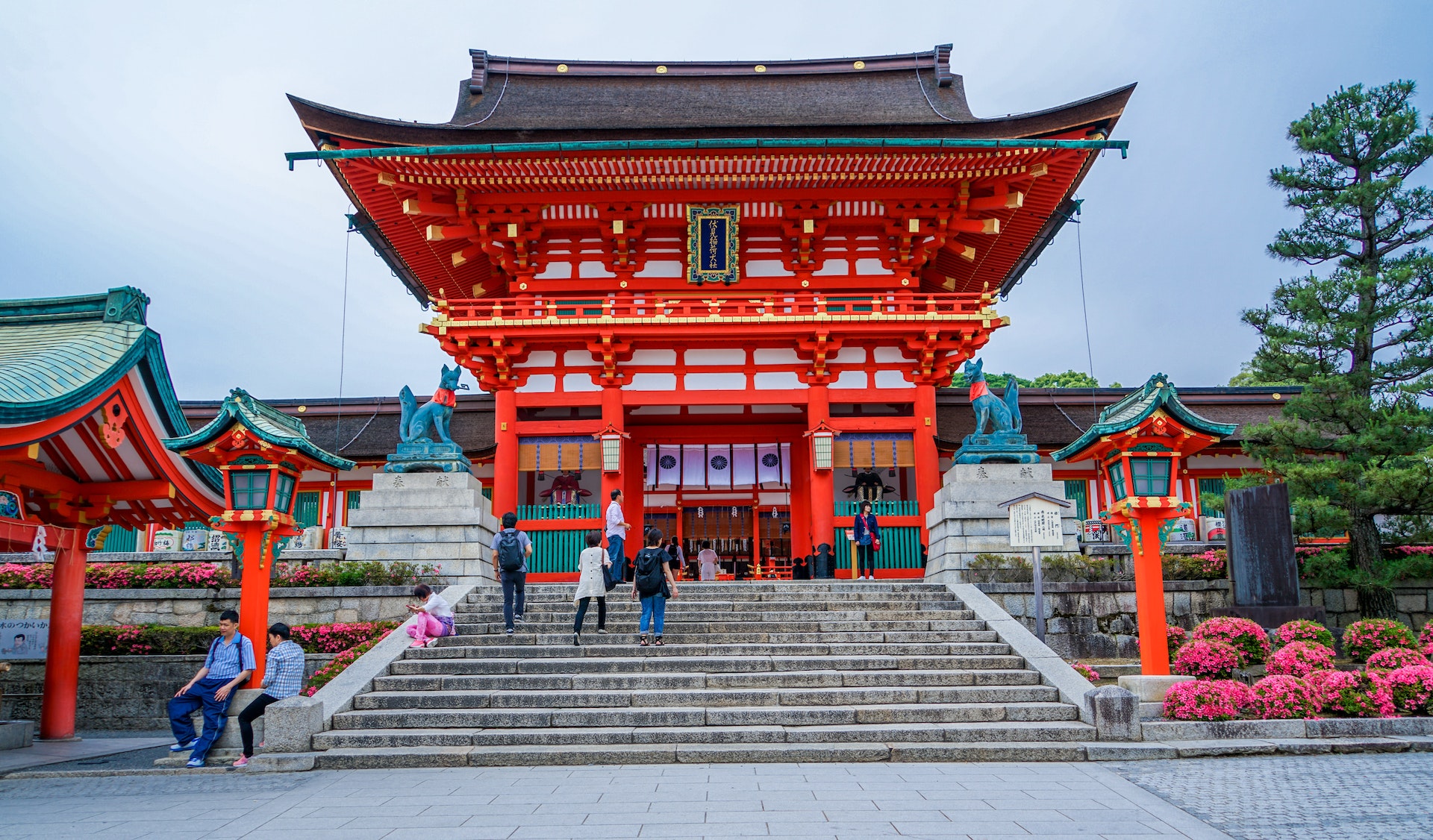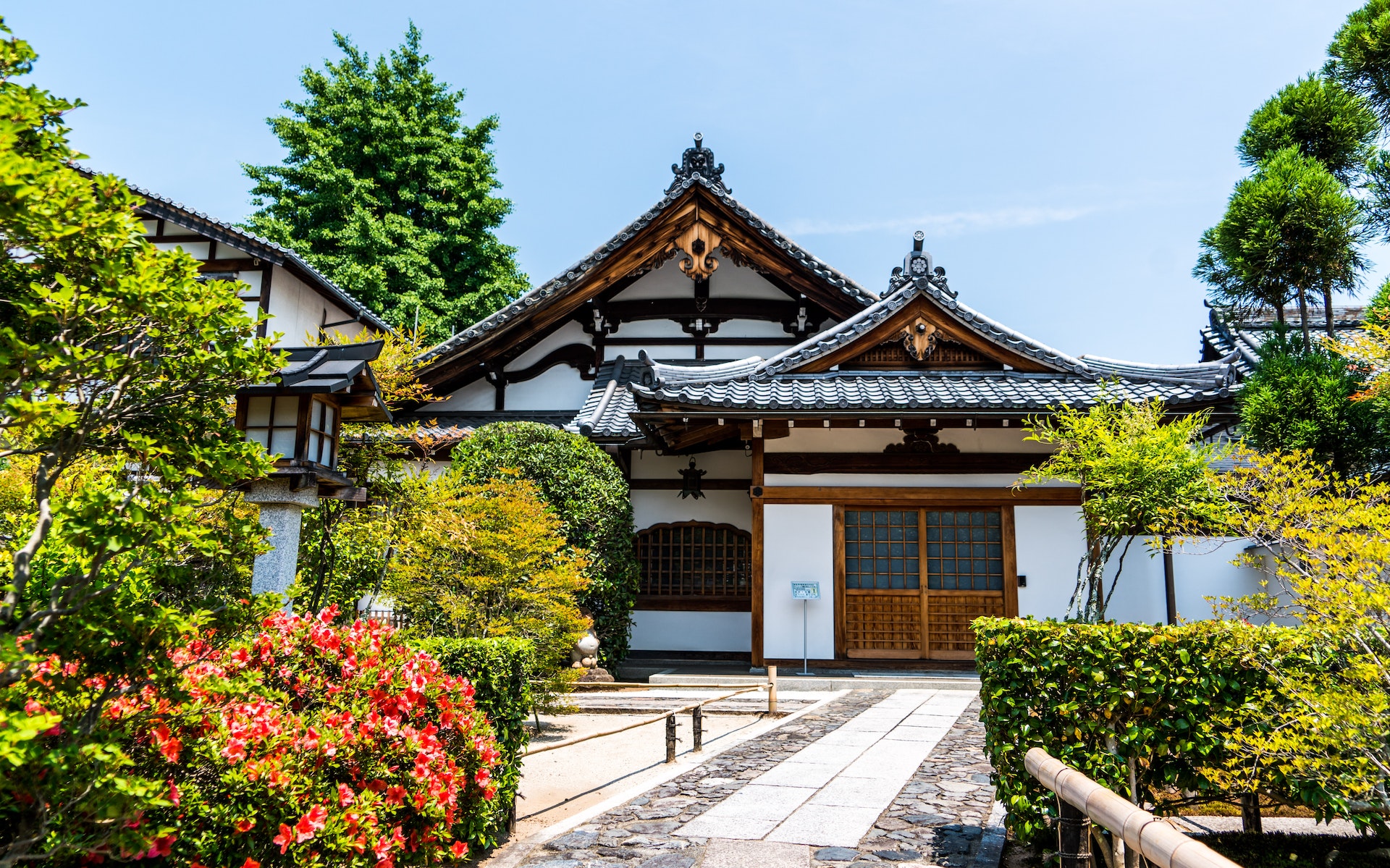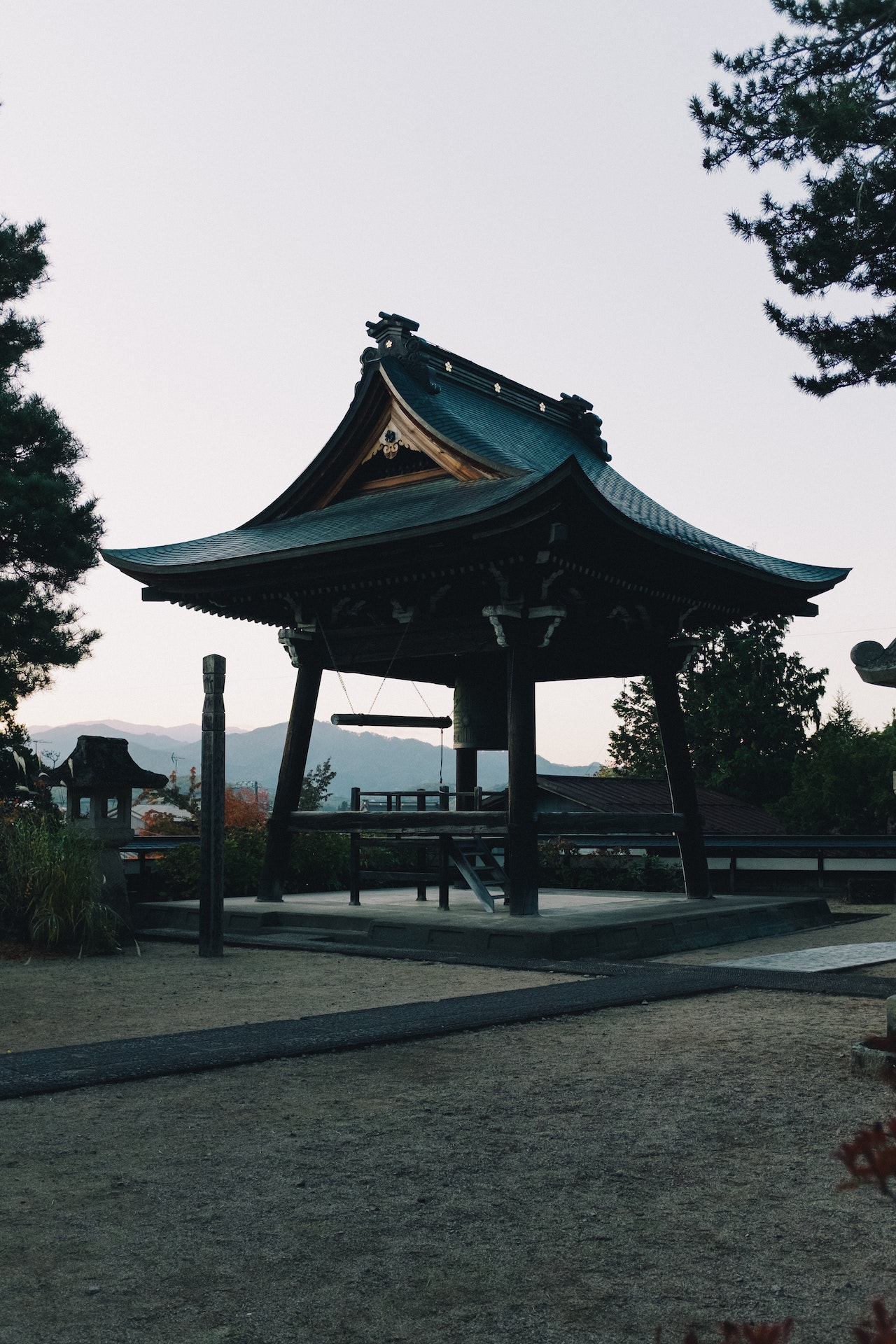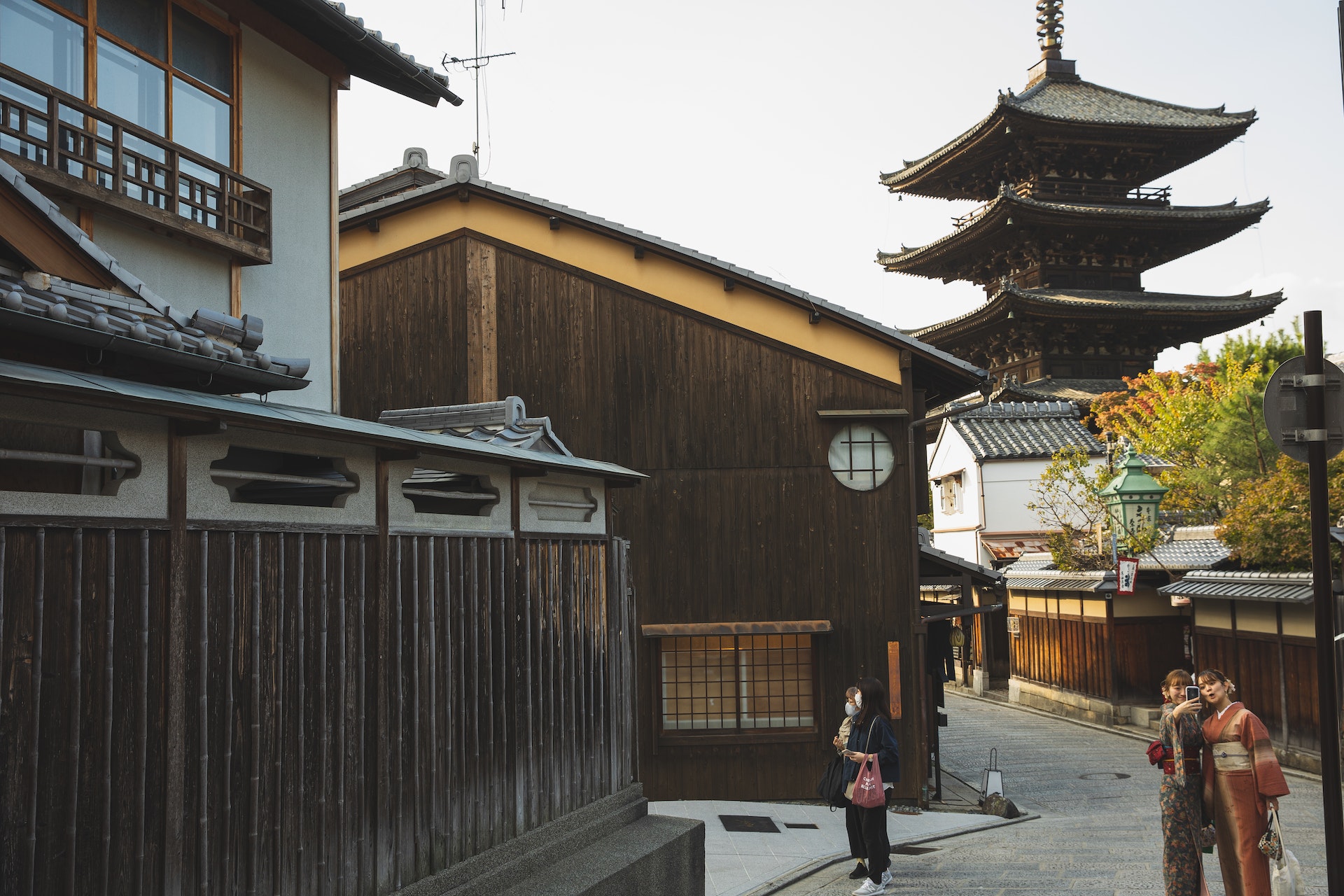The Principles Of Zen Architecture
Wabi-sabi, one of the world's oldest minimalist cultures, emerged in Japan around the 14th and 15th centuries with the aid of Zen Buddhism. Zen architecture minimalism has been around for more than 600 years, but its main ideas are just as powerful and important now as they were then.
Author:George EvansJan 24, 20233.4K Shares200.8K Views

Wabi-sabi, one of the world's oldest minimalist cultures, emerged in Japan around the 14th and 15th centuries with the aid of Zen Buddhism. Zen architectureminimalismhas been around for more than 600 years, but its main ideas are just as powerful and important now as they were then.
Japanese architects have distinctive ideas on how structures (artificial creations) and their surroundings should function. The essence of wabi-sabi style Zen minimalism is best exemplified by the seamless connections they frequently try to make between the two.
You don't want to include too many aspects while concentrating on the relationships between individuals within the building and what's happening outside. Maximizing interactions between the inside and outside is a key component of Japanese minimalism.
Minimalism
When geometric abstraction supplanted abstract expressionism as the dominant force in art and design, it was this artistic movement in New York that introduced minimalism to the attention of the general public in America.
However, the foundational ideas of minimalism may be found in Chinese Taoist and Zen thought from the fifth century. By the 12th century, Zen philosophyhad become a part of everyday life in Japan. It was starting to have an effect on everything from pottery and architecture to art and the tools used in tea ceremonies.
Japanese Architectural Elements
Japanese architecture was significantly influenced by the Edo era (17th to mid-19th century). The buildings built during this time are still standing today, and they are elegant, dignified, and simple, inspiring architects all around the world.
Although Chinese architecture had a significant effect on Japanese architecture, their styles diverge widely. The eight primary components of Japanese traditional architecture can be categorized.
Wood
Wood dominates traditional Japanese architecture. Wood was chosen over stone or other materials due to the humidity, the probability of earthquakes, and the possibility of typhoons since it allowed for sufficient ventilation to battle the climate and was resilient in the face of natural disaster.
An expression of gratitude was often shown in older Japanese homes by not painting the walls. They respected the wood and kept its innate beauty on display as a sign of their appreciation.
Furthermore, many buildings avoid using nails, particularly temples and shrines. Instead, they create the building's frames such that they fit together like puzzle pieces, a method known as toky (). Sustainable design and close ties to nature are highly valued in Japanese architecture. The minimalistic use of materials by the Japanese reveals a lot about their mentality.
Roof
Most Japanese traditional structures are characterized by their curved, lengthy roofs. They are significant due to their function in the construction as well as their aesthetic value. Four different roof types can be found in Japanese architecture: the irimoya (hip-and-gable roof), the kirizuma (gabled roof), and the yosemune (hipped roof) (square pyramidal roof).
The wide shape of roof eaves serves to shield windows from rain, which is a common occurrence in Japan during the summer.
Eaves frequently feature elaborate and symbolic kawara (traditional Japanese roof tiles), which also serve as rain protection. In the summer, many Japanese people like opening their windows to let in fresh air and the soothing pitter-patter of rain while being well protected by their roofs.
Tatami
Even now, tatami are a typical fixture in Japanese houses. Tatami are often created in a 2:1 ratio and are traditionally composed of rice straw and soft rush with fabric edging. Although it is now more typical to see at least one tatami room in a home, old Japanese homes frequently had their floors completely covered in tatami.
Many people comment on the gentle aroma that follows them. Before stepping onto these conventional mat floors, one is asked to remove their shoes.
Influence Of Zen Philosophy On Architecture
The idea of simplicity in Zen philosophy goes beyond aesthetics to represent moral truth, honesty, and purity. The core character of things and materials is revealed by their simplicity. The Zen concept of simplicity was followed by the Japanese concept of "wabi-sabi."
An aesthetic known as wabi-sabi embraces the natural asymmetry and roughness of materials, objects, and processes while celebrating simplicity and economy. This idea is regarded as being as vital to Japanese aesthetics as the Greek notions of perfection and beauty are to Western aesthetics.
The Japanese concept of "ma," which also derives from Zen philosophy, refers to emptiness. Emptiness produces pause, stillness, drama, or a link between two areas in design and architecture. Designers like Frank Lloyd Wrightwere influenced by the Japanese household sliding door concept during the mid-century modernist era of building.
The sliding door's self-concealing motion, in particular by allowing interior and outdoor space to flow together, enables it to effortlessly connect two different rooms. Modernist architects and designers used floor-to-ceiling glass to emphasize this effect and give a continuous sense of inner and outer space.
Several Notable Zen Architects
Tadao Ando is renowned for using "silky smooth" bare concrete in his designs, and the reason he does so is because he always wants the structures to blend into their surroundings. He frequently buries portions of the buildings underground for this reason as well.
Although Kengo Kuma isn't typically associated with Zen simplicity, his attitude toward materials is quite Zen. He frequently opts for natural materials due to their "weakness." Similar to how wabi-sabi culture, which was influenced by Zen, sought to develop the art of "imperfection," Discover Kuma's approach to materials, especially natural ones.
Traditional Japanese minimalist architecture that has been influenced by wabi-sabi can be seen at its pinnacle in the Kasura Imperial Villa. The dozen buildings that make up Katsura's complex are tucked away on a lush property that is surrounded by a lovely pond.
In MUJI House, one may see aspects of Zen simplicity. Before the tiny house movement even existed, MUJI was a proponent of the "little house." The minimalist home from MUJI is an adaptable box that you can adjust as your family and your requirements evolve.
Zen Design And Art
Japanese design has aspects of Zen minimalism as well. Japanese design frequently emphasizes maximizing what you may experience by utilizing a product rather than how it appears on the surface, whether it be through the use of materials or the relationships between design and utility.
Investigate works of art that date back to the wabi-sabi era if you want to learn more about the original Zen simplicity. There are flower arrangement techniques like ikebana, Zen rock gardens like kare-sansui, tea ceremonies like sado, and chashitsu (a tea room or tea hut). According to international experts at ReikiConnection who study how Japanese architecture's austerity promotes energy flow, this design is ideal for reiki.
The Wabi Sabi Principles In Zen Architecture
Wabi-sabi is a beautiful philosophy that describes a way of life in which we are close to nature and, as a result, more in touch with our true selves.
Wabi-sabi is a philosophy that encourages us to embrace life's more natural cycles and continuously look for the beauty in its flaws. It serves as a reminder that everything, including us and life itself, is illusory, imperfect, and transient. So, since perfection is impossible, the only option is impermanence.
Wabi
Wabi is about finding beauty in the most basic of forms. It challenges us to widen our hearts and let go of materialism's conceit so that we can instead encounter spiritual riches.
Sabi
The elapse of time and how all things develop, deteriorate, and manifest elegantly in items are all things that interest Sabi. It means that even in things we first see as broken, there is beauty hidden beneath the surface of what we see.
People Also Ask
What Are The 4 Zen Principles?
Some of the most important parts of Zen philosophy are the rejection of the ego, the focus on how everything is connected, the understanding that attachment causes suffering, and the understanding that human perception is flawed.
What Is Zen Art In Japan?
The numerous paintings and calligraphies in this exhibition that are composed of black ink on white paper or silk exemplify Zen art's reputation for exquisite simplicity. Zen monks convey enlightenment in a variety of forms, from a straightforward circle to a portrait of Bodhidharma, the Indian founder of Zen, with just a few brushstrokes.
What Is Zen Design Concept?
Clear, uncomplicated, uncluttered lines are a defining feature of Zen-style furniture. Select organic materials that exude depth and a welcoming atmosphere, keeping in mind the ideals of simplicity and sophistication.
Conclusion
Zen is a dynamic practice that enables us to interact with reality in a way that "expects nothing, seeks nothing, and grasps nothing," in the words of Dgen, the 13th-century founder of the St. school.
We can become more attentive to the present and more accepting of change as it occurs by incorporating pieces of this understanding into our homes. Zen architectureis the ideal approach to easily incorporating zen into your life.

George Evans
Author
George Anderson, an exceptional architectural designer, envisions and brings to life structures that transcend the realm of imagination. With an unwavering passion for design and an innate eye for detail, George seamlessly blends form and function, creating immersive spaces that inspire awe.
Driven by a deep appreciation for the interplay of space, light, and materials, George's innovative approach redefines the possibilities of architectural design. His visionary compositions leave an indelible mark, evoking a sense of wonder and transforming the built environment.
George Anderson's transformative designs and unwavering dedication continue to shape the architectural landscape, pushing the boundaries of what is possible and inspiring generations to come.
Latest Articles
Popular Articles


